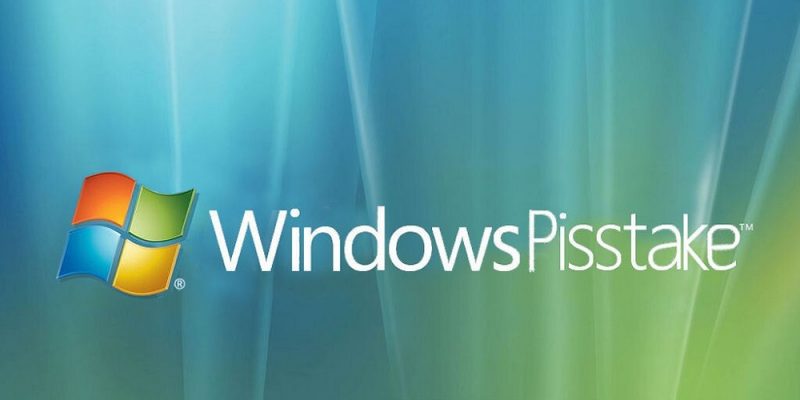 ‘Hades’ Ransomware Hits Big Firms, but Operators Slow to Respond to Victims
‘Hades’ Ransomware Hits Big Firms, but Operators Slow to Respond to Victims
Initially observed in December 2020, the self-named Hades ransomware (a different malware family from the Hades Locker ransomware that emerged in 2016) employs a double-extortion tactic, exfiltrating victim data and threatening to leak it publicly unless the ransom is paid. The adversary appears mainly focused on enterprises, with some of the victims being multi-national organizations…








